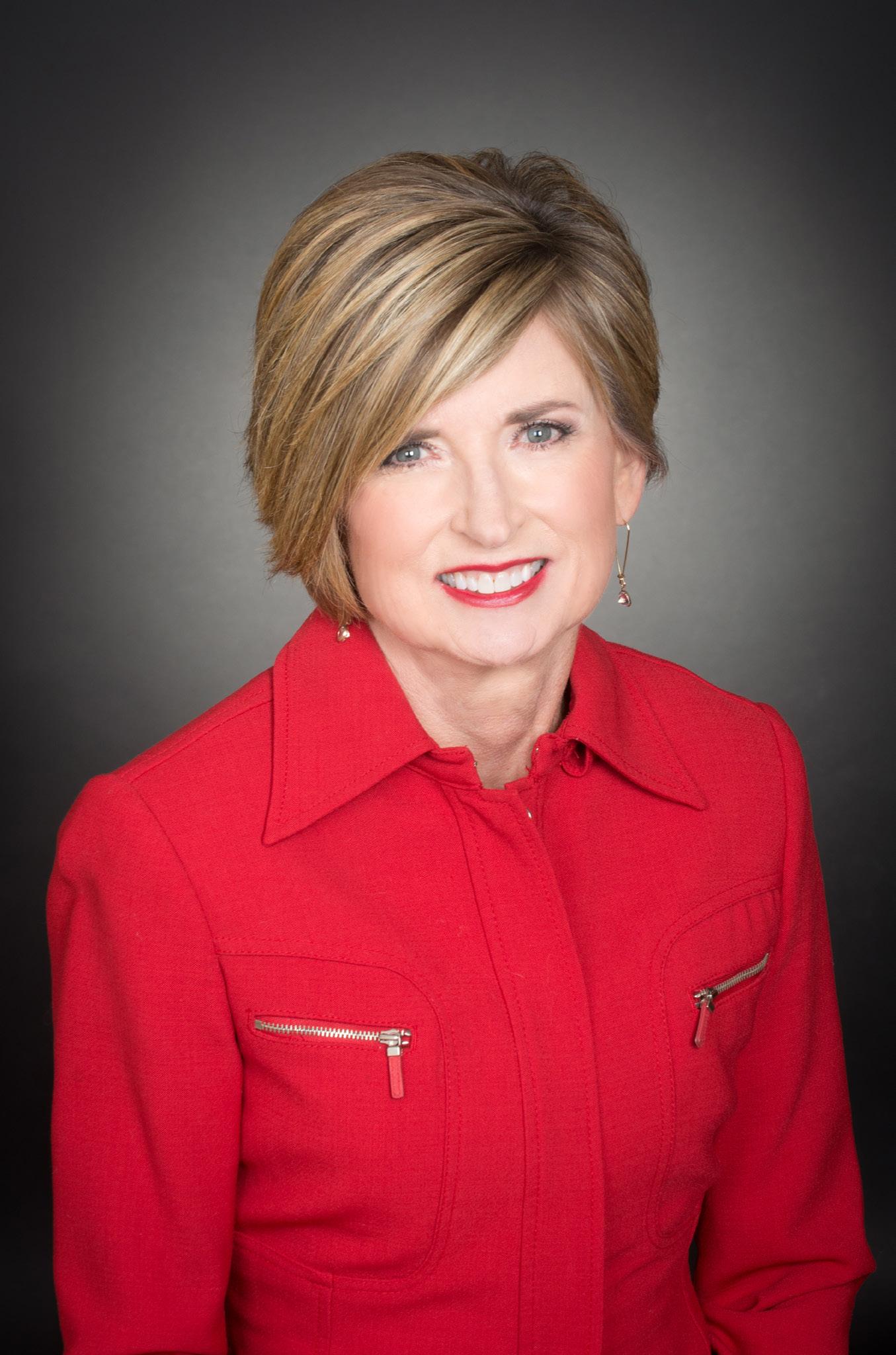
4 minute read
ENVIRONMENTAL NEWS FROM AROUND THE VALLEY
ENVIRONMENTAL NEWS FROM AROUND THE VALLEY THREE POWER WOMEN SHARE THEIR INSIGHTS
COUNCILWOMAN SOLANGE WHITEHEAD CITY OF SCOTTSDALE
What is the biggest environmental opportunity you have at your location?
Scottsdale is in the midst of a green re-awakening. The City was an early leader in energy efficiency but never capitalized on its solar potential. That’s changing today. Taking advantage of sharply declining solar panel and storage pricing, the City is deploying solar on buildings and parking lots, locking in lower power bills, and reducing the City’s carbon footprint. From horse manure to yard waste, the City is turning expensive waste problems into valuable commodities. To top it off, Scottsdale’s water treatment plant produces drinking-grade water, which local breweries are tapping to make craft beer!
What are you most proud of that your location does environmentally?
Scottsdale’s stunning achievements are rooted in our community’s commitment to conservation. Through votes and selftaxation, Scottsdale created the largest urban preserve in the nation, the McDowell Sonoran Preserve. When the federal government required a concrete drainage ditch, our community envisioned what is now the nationally-acclaimed Indian Bend Wash Greenbelt. This tree-filled, multi-use path winds north to south, connecting people and nature. It is also home to Scottsdale’s Bald Eagle family. Beyond these crown jewels, Scottsdale is rich with many other parks and open spaces. Scottsdale’s internationally recognized luxury brand is courtesy of the spectacular nature our community preserved!
How is COVID-19 impacting your location environmentally?
COVID-19 virtually shut down Scottsdale’s economy overnight. There are no silver linings. But it has brought out the best in human nature. People have gotten out of their cars, and families can be seen picnicking under trees throughout the City. Our sidewalks are filled with kids and adults on bikes. Neighbors are using Nextdoor.com to make sure residents with “needs” can connect with neighbors willing to help. Scottsdale’s fire department orders from and promotes local restaurants open for takeout each week. Once again, Scottsdale’s commitment to preserving open space has paid off. Our lower density has enabled us all to “lock down” but still enjoy our City’s beautiful outside.
COUNCILMEMBER JEN DUFF CITY OF MESA

What is the biggest environmental opportunity you have at your location?
We recently completed a study to examine the technical and financial feasibility of collecting food waste, treating it, and using it to generate renewable biogas. We have started on the first phase called flareto-fuel where we take existing biogas, clean it, and use it to power our solid waste vehicles, which run on compressed natural gas.
What is the biggest environmental challenge you have at your location?
With the recent Colorado River shortage, we will always need to manage our water resources carefully. However, heat mitigation is also something we’ve tasked ourselves to address more effectively by implementing Low Impact Development, shade goals, and taking measures to reduce temperatures and heat-related deaths.
How is COVID-19 impacting your location environmentally?
Prior to COVID-19, the global recycling industry was already facing significant challenges due to increasing processing fees, declining market values, and major international markets no longer accepting material from the U.S. and other countries. This caused Mesa and many other municipalities to modify their existing recycling programs. Now, due to the financial impact that COVID-19 is expected to have on city operations, recycling will become an even greater challenge to our community. However, this provides us an opportunity to modernize our recycling model that was based on conditions from the 1990’s, and bring it in alignment with today’s realities. Whether developing local, domestic markets for materials or truly understanding the impact of our purchasing decisions, our goal is to create a recycling program that is both environmentally and financially sustainable. Certainly, on the plus side, the shutdown of activity has been a gift to Mother Nature. Our air quality has improved due to less cars on the road and other human-related activities.

VICE MAYOR LAUREN KUBY VICE MAYOR OF TEMPE
What is the biggest environmental opportunity you have at your location?
Tempe committed to doubling our tree and shade canopy and hired an Urban Forester to cultivate a sustainable urban forest. Planting trees in parks and open spaces, transit stops, streets, and urban hubs brings not only environmental, but social and economic benefits. Shady communities lead to healthy cities.
What are you most proud of that your location does environmentally?
In 2018, Tempe adopted a 100% renewable energy goal for city operations and, in Fall 2019, we passed the Valley’s first Climate Action Plan. We are leading the way in showing Arizona how to reduce emissions from energy and transportation and invest in a more livable, socially responsible, and resilient city.
How is COVID-19 impacting your location environmentally?
Oddly, the air is cleaner, as fewer people drive. Fundamentally, however, the COVID-19 crisis has shined the light on what has always been visible—the environmental, racial, and economic injustices inherent in our system. For example, those vulnerable to extreme heat before the coronavirus are even more vulnerable in the midst of a public-health and economic crisis.
Just one tablespoon of raw fermented veggies contains a full-day supply of probiotics that includes some vital strains of bacteria known to boost immune health and are only found in fermented foods.
Raw • Organic • Probiotic • Vegan












